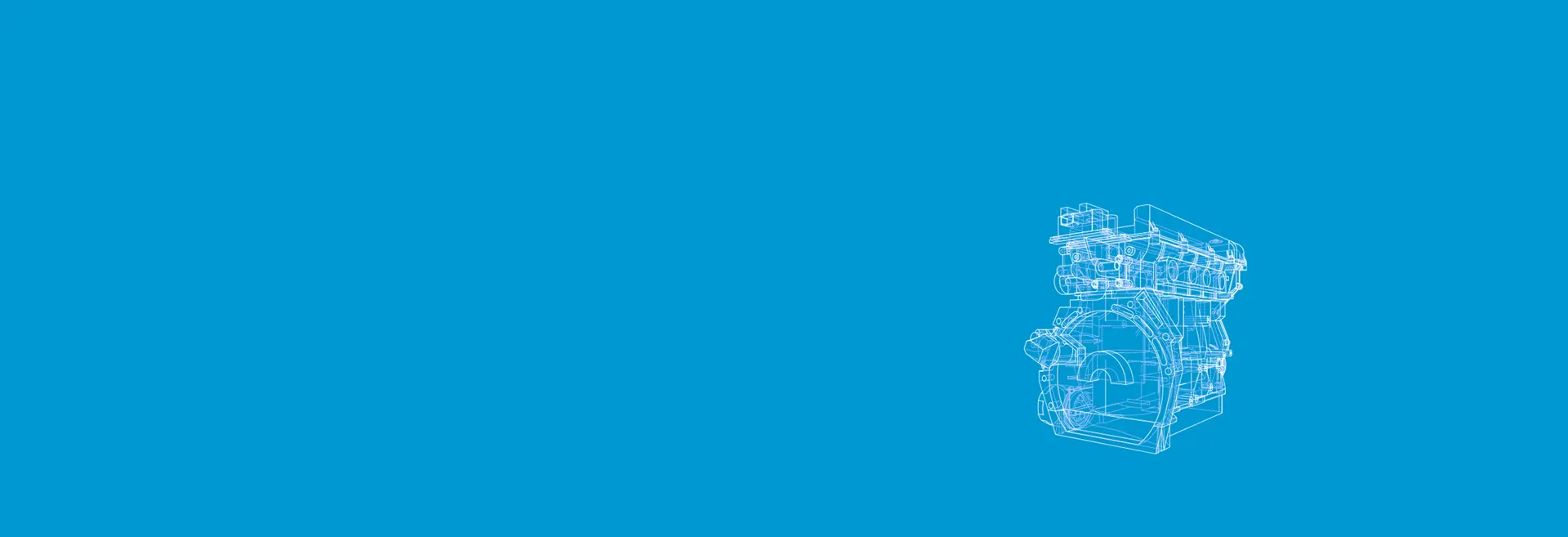
Automotive industry
Production automation in the automotive industry
The automotive industry, a sector with tight schedules and very high standards of production, reliability, and precision, forms the backbone of Krofian’s business. We design and construct production lines for all kinds of vehicle components. Based on our clients’ specifications, we make adjustments and propose improvements that will increase production efficiency. We design production lines for the world’s major automotive companies using the best of our know-how and cutting-edge technology.
Electric vehicles
We develop both production and testing lines for all EV parts. Our sense of responsibility to society and to the environment has led us to focus in particular on the EV industry, developing production lines for the vehicles of the future.
Testing lighting components in poor weather conditions
We simulate poor weather conditions that impair visibility and run fully automated tests of headlights and other lighting components. Numerous car brands make use of safety components that have been assembled and tested by us. Safety is our number one priority when building and operating equipment and in every use of the components from our lines.
Examples of automation in the automotive industry:
- Automated assembly of control components
- Automated assembly of sun visor hinges
- Automated assembly of grab handles
- Automated assembly of door protectors
- Automated assembly of lights
- Automated assembly of cables
Whatever your requirements for automation, we will find and implement a reliable and economic solution to meet them.
When designing and building production lines, we make use of the experience we have gained previously from building lines for the given component. We build custom-designed modular technical equipment that can have variable dimensions and is adapted for ease of operation.
Our systems incorporate the most advanced optical and electronic measuring systems used in manufacturing processes in the automotive industry. The equipment is inserted into a universal design module, which is retained during future modifications. This ensures any necessary repairs can be carried out simply and smoothly.













